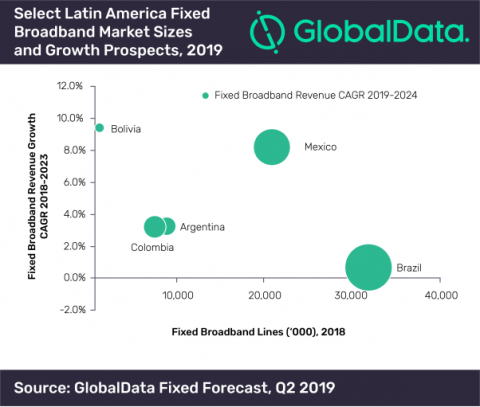

SPEAKER: Susan Yellin, Esq.
Wednesday, October 16 @ 1pm Eastern Time - Register now!
Can't attend the live webinar? Register now and we'll email you the replay link
. . . . .
Securing an IEP or 504 Plan for a child with ADHD or a learning disability is time-consuming and can be emotionally challenging. Once the child is approved, parents rightfully expect him or her to be able to excel in the classroom. It doesn’t always turn out that way. Many parents find that the accommodations aren't effective, or teachers don't follow the plan.
In this webinar, you will learn:
ADVERTISEMENT
The expert Q&A webinar A Parent's Guide to Evaluating and Troubleshooting Your Child's IEP or 504 Plan will take place Wednesday, October 16, 2019, from 1pm-2pm Eastern Time (12pm-1pm CT; 11am-12pm MT; 10am-11am PT).
NOTE: Qualify for a certificate of attendance when you attend an ADDitude webinar live or listen to the replay.
MEET THE SPEAKER:
Susan Yellin, Esq.
Susan Yellin, Esq., is the Director of Advocacy and Transition Services at The Yellin Center for Mind, Brain, and Education. She is an author of the book Life After High School: A Guide for Students with Disabilities and Their Families (Jessica Kingsley Publishers).
=========================================
Press Release
Washing Raw Poultry: Our Science, Your Choice
Contact:
Food Safety Education Staff
Press Inquiries (202) 720-9113
Consumer Inquiries (888) 674-6854
WASHINGTON, August 20, 2019 – A study from the U.S. Department of Agriculture (USDA) reveals that individuals are putting themselves at risk of illness when they wash or rinse raw poultry.
“Cooking and mealtime is a special occasion for all of us as we come together with our families and friends,” said Dr. Mindy Brashears, the USDA’s Deputy Under Secretary for Food Safety. “However, the public health implications of these findings should be of concern to everyone. Even when consumers think they are effectively cleaning after washing poultry, this study shows that bacteria can easily spread to other surfaces and foods. The best practice is not to wash poultry.”
The results of the observational study showed how easy bacteria can be spread when surfaces are not effectively cleaned and sanitized. The USDA is recommending three easy options to help prevent illness when preparing poultry, or meat, in your home.
1. Significantly decrease your risk by preparing foods that will not be cooked, such as vegetables and salads, BEFORE handling and preparing raw meat and poultry.
2. Thoroughly clean and sanitize ANY surface that has potentially touched or been contaminated from raw meat and poultry, or their juices.
3. Destroy any illness causing bacteria by cooking meat and poultry to a safe internal temperature as measured by a food thermometer.
“Everyone has a role to play in preventing illness from food,” said Administrator Carmen Rottenberg of USDA’s Food Safety and Inspection Service (FSIS). “Please keep in mind that children, older adults, and those with compromised immune systems are especially at risk. Washing or rinsing raw meat and poultry can increase your risk as bacteria spreads around your kitchen, but not washing your hands for 20 seconds immediately after handling those raw foods is just as dangerous.”
The U.S. Centers for Disease Control and Prevention estimates that millions of Americans are sickened with foodborne illnesses each year, resulting in roughly 128,000 hospitalizations and 3,000 deaths.
More information about this study is available in an executive summary.
Have questions? Need more food safety information? Call the USDA Meat and Poultry Hotline at 1-888-MP-HOTLINE (1-888-674-6854). Live food safety experts are available Monday through Friday, from 10 a.m. to 6 p.m. Eastern Time. Expert advice is also available 24/7 at AskKaren.gov.
=====================
Latin America’s fixed broadband revenue set to reach US$28.7bn in 2024, says GlobalData
In Latin America, fixed broadband revenue will increase from US$23.8bn in 2019 to US$28.7bn in 2024, at a compound annual growth rate (CAGR) of 3.8%, according to GlobalData, a leading data and analytics company.
Growth will be driven mainly by broadband service adoption in the residential market, supported government broadband development initiatives and operators’ investment in fiber-optic Infrastructure in countries such as Brazil, Mexico, Colombia and Chile. In this sense, FTTH/B will account for 31% of total fixed broadband lines in 2024, up from an estimated 21% in 2019.